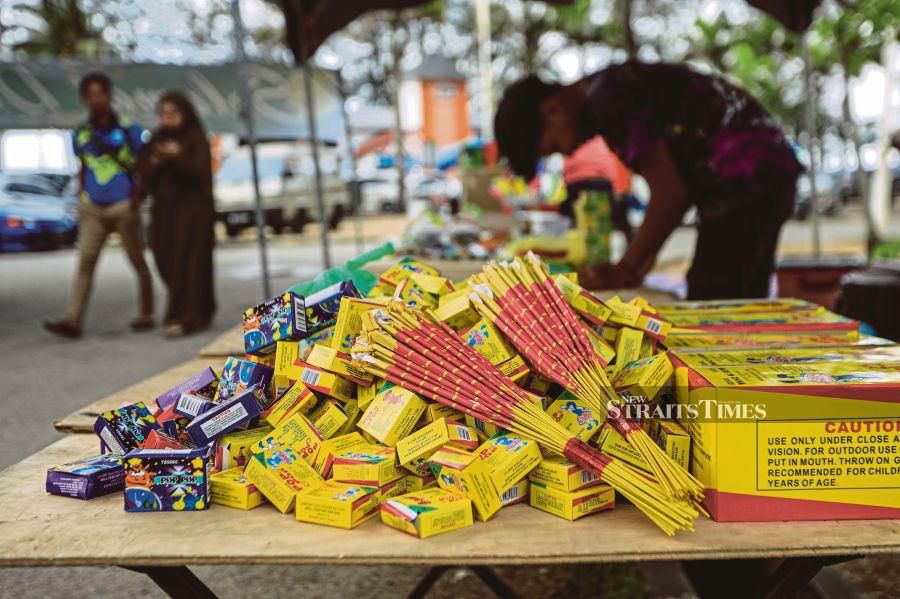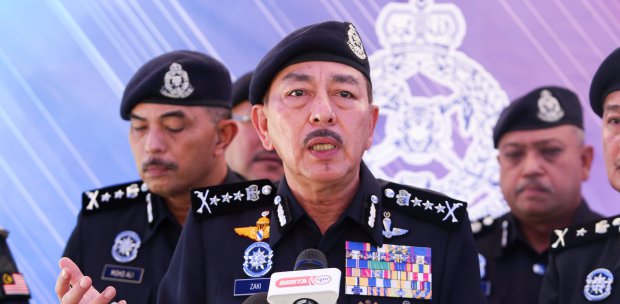GEORGE TOWN: The Consumers' Association of Penang (CAP) has expressed concern over the use of fire crackers and fireworks during festivities.
CAP president Mohideen Abdul Kader said animals, people and the environment were most affected by the explosives.
He said firecrackers and fireworks explosions could cause animals stress and harm.
He said, besides animals, fireworks display could also negatively impact humans, particularly babies, as mothers frequently struggle to put their babies to sleep, only to be awakened by loud explosions.
He said it was important to consider how fireworks might affect human health as well as the quality of the air.
An article published by the European Respiratory Society shows that sulphur and carbon are components of all pyrotechnics and are necessary for their burning.
Moreover, a number of substances are added to fireworks during manufacturing such as potassium perchlorate, arsenic, manganese, sodium oxalate, aluminium, iron dust powder and barium nitrate which serve as additional colours, oxidisers and stabilisers.
Sulphur dioxide, carbon dioxide, carbon monoxide and particulate matter, along with various metal salts such as cadmium, manganese and aluminium are among the air pollutants generated when fireworks are lit.
The consensus among experts is that urban air pollution caused by fireworks has a significant negative impact on air quality.
"Dr Geminn Louis Apostol, an environmental health specialist at the Ateneo School of Medicine and Public Health, advises against excessive use of firecrackers and fireworks due to their contribution to air pollutants.
"These pollutants can exacerbate or even cause respiratory conditions such as sinusitis, bronchitis, asthma, laryngitis, pneumonia and rhinitis, especially for individuals with asthma and chronic obstructive pulmonary disease (COPD). Vulnerable populations such as those with pre-existing medical conditions, the elderly and children are particularly at risk.
"Among the pollutants emitted, carbon dioxide and nitrogen oxide are notable greenhouse gases contributing to climate change and global warming.
"Therefore, limiting the use of fireworks not only improves air quality but also mitigates the impact on the environment and public health," he said today.
Mohideen said the implementation of strategies to control the use of fireworks, aimed at improving air quality, has the potential to reduce their negative impact on human respiratory health in exposed individuals.
He said, over the years, there had long been heated arguments between those who enjoyed firecrackers and those who opposed explosive displays.
"CAP has expressed concerns about the issue of firecrackers and fireworks which have been illegal all these years and was legalised last year.
"People, animals and the environment would all benefit from the absence of toxic and contaminating firecrackers and fireworks.
"Understanding the impact is necessary in all respects, including the economic, human and animal welfare aspects.
"More thought should be given to these," he added.






